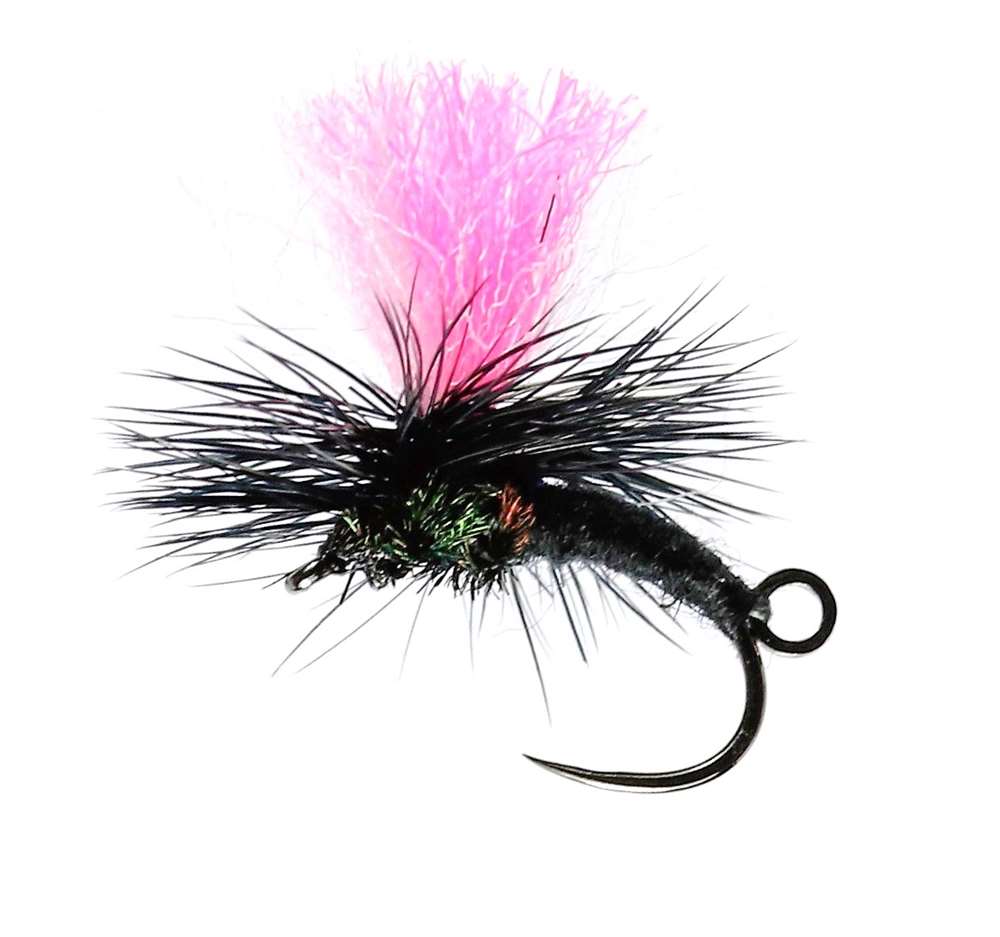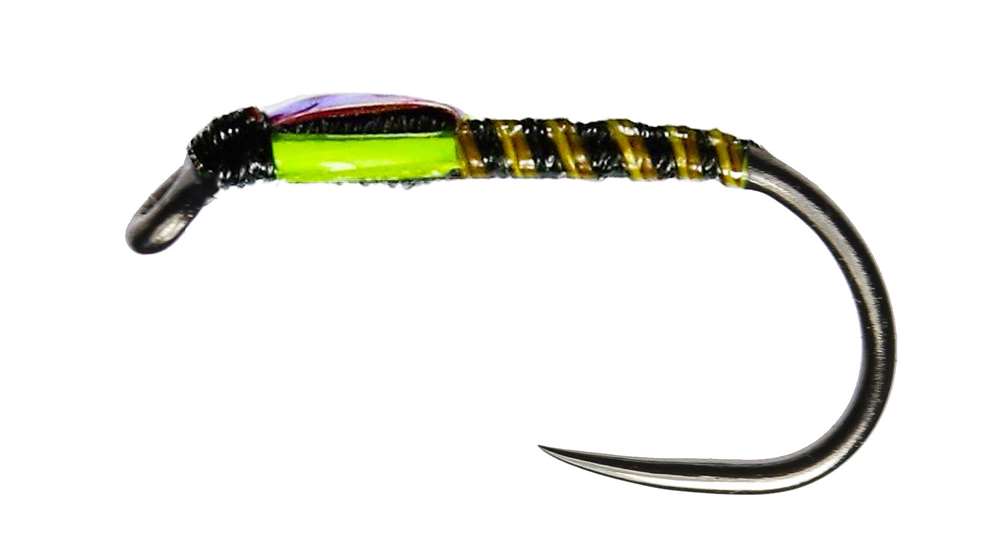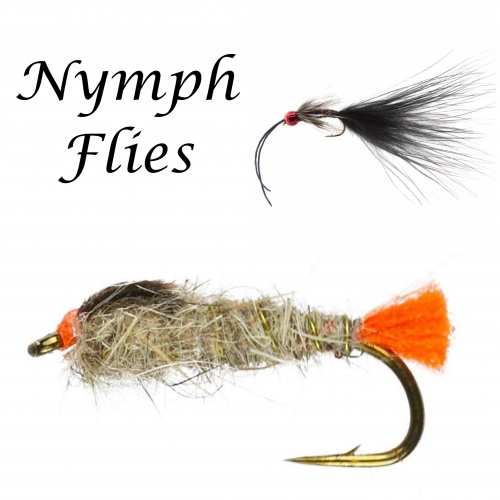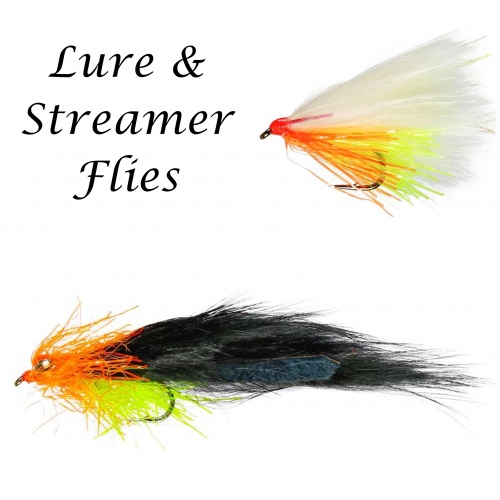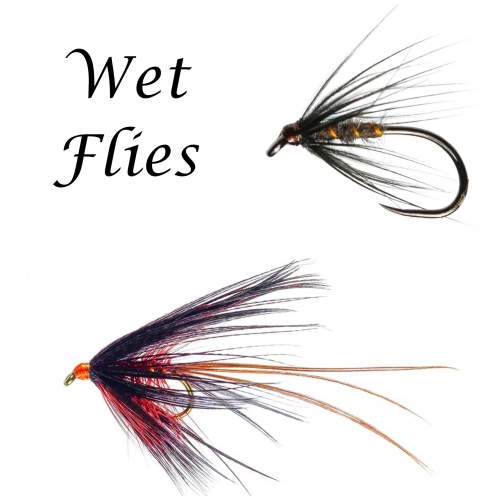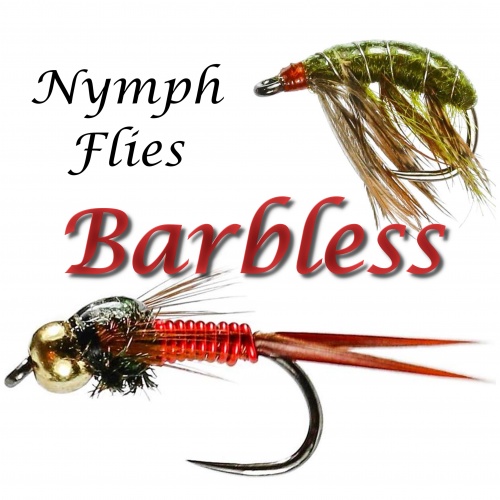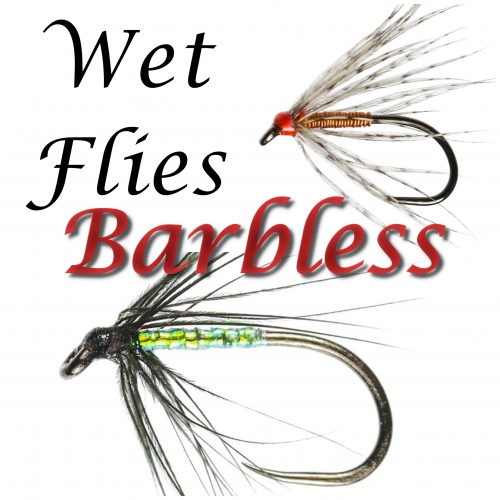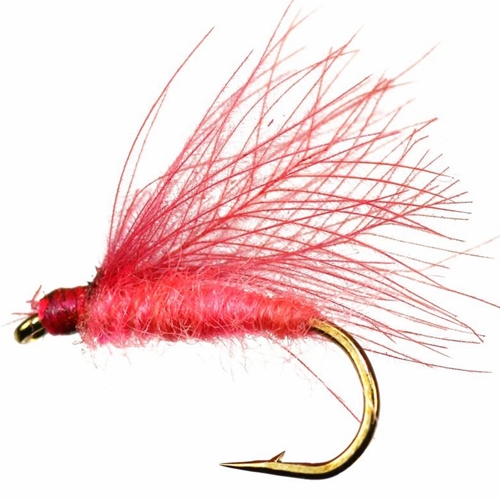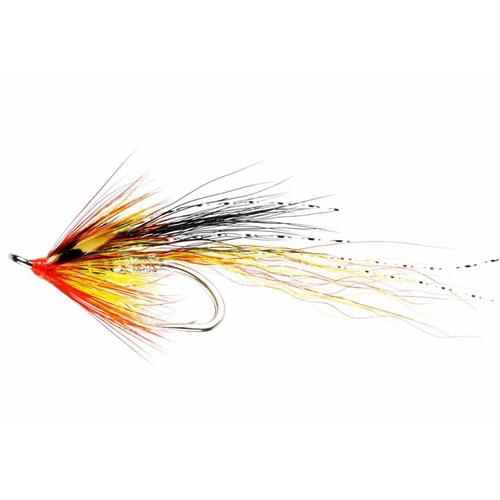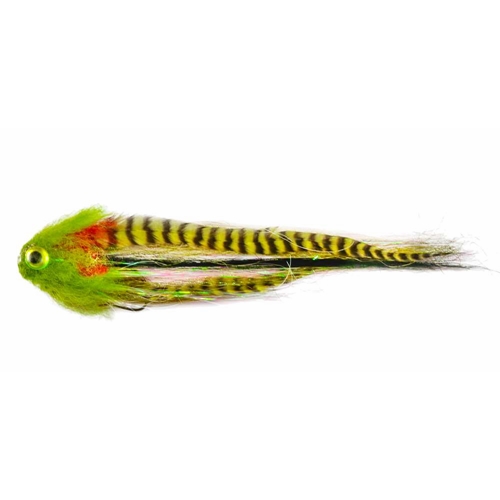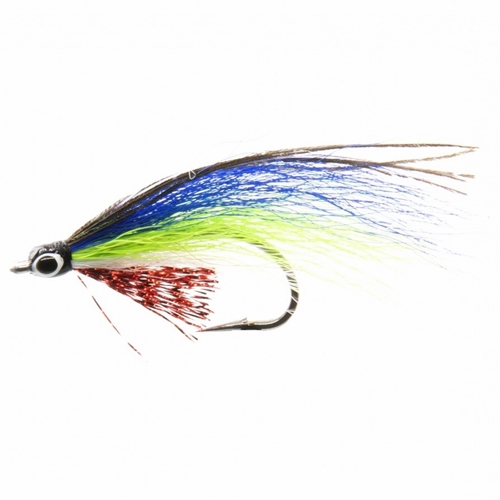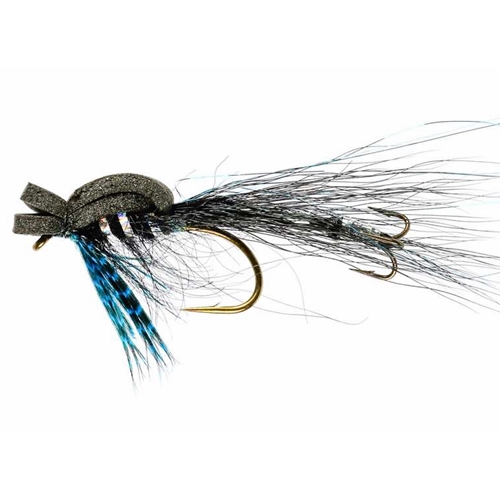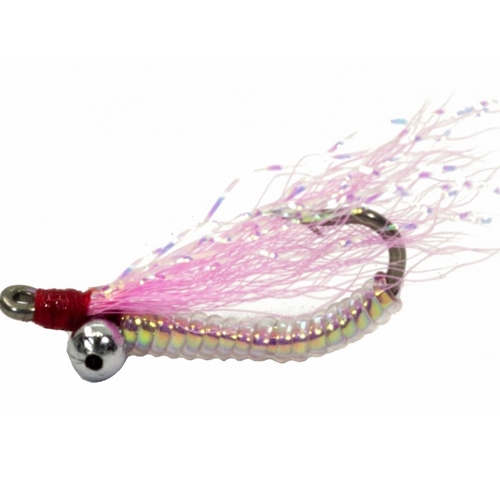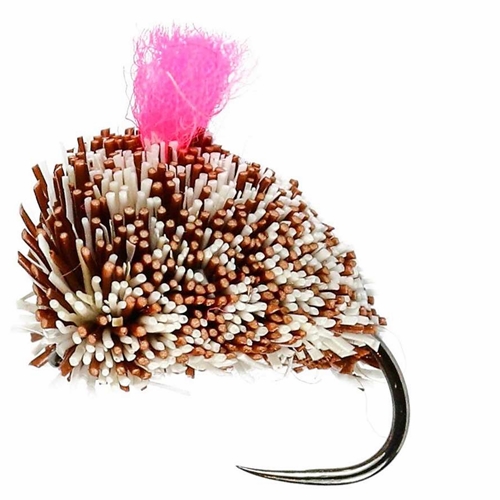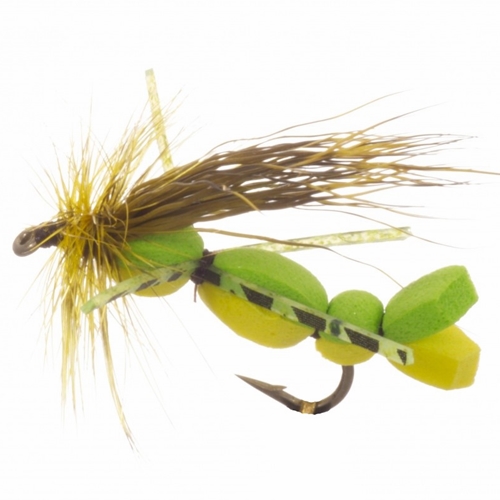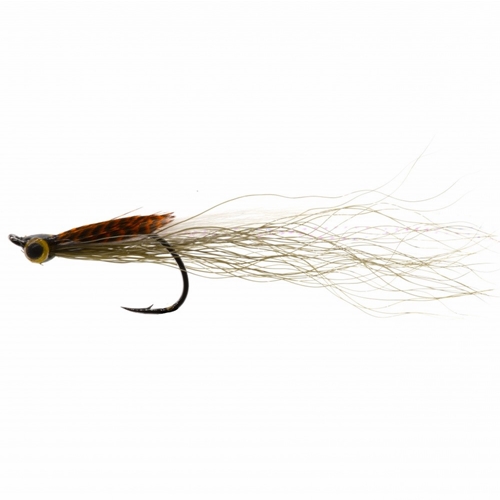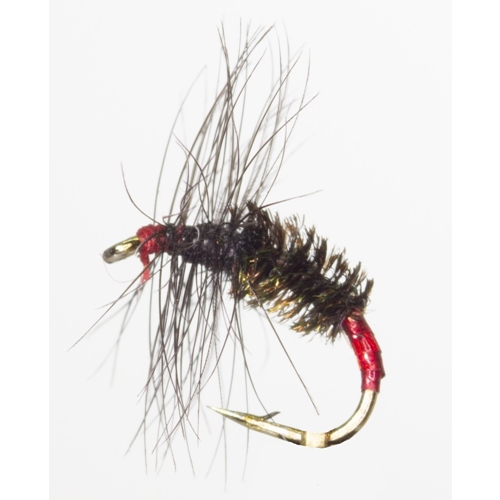Unlike other casting methods, fly fishing you should think of this as a method of casting line rather than lure. Other methods apart from fly fishing rely on a lure's weight to pull line from the reel during the forward motion of a cast. Because of its design, a fly is simply too light to be cast, and follows the unfurling of a properly cast fly line, which is heavier and tapered and therefore easier to cast than than lines used in other types of fishing.
The physics of flycasting can be described as: the transfer of impulse; the product of mass and speed through the rod from base to top; and from the transfer of impulse through the fly line right through to the tip of the leader. Since rod and the fly line are tapered, the smaller amount of mass will reach high speeds as the waves in rod and line unfurl. The waves that travelling through the fly line are known as loops. Factors determining and reaching the highest speed include the basal frequency of a rod and the transfer of the speed from the tip of the rod to the fly line. As soon as the rod tip reaches its highest velocity the direction of the cast is determined.
More on fly fishing and casting techniques next time.

